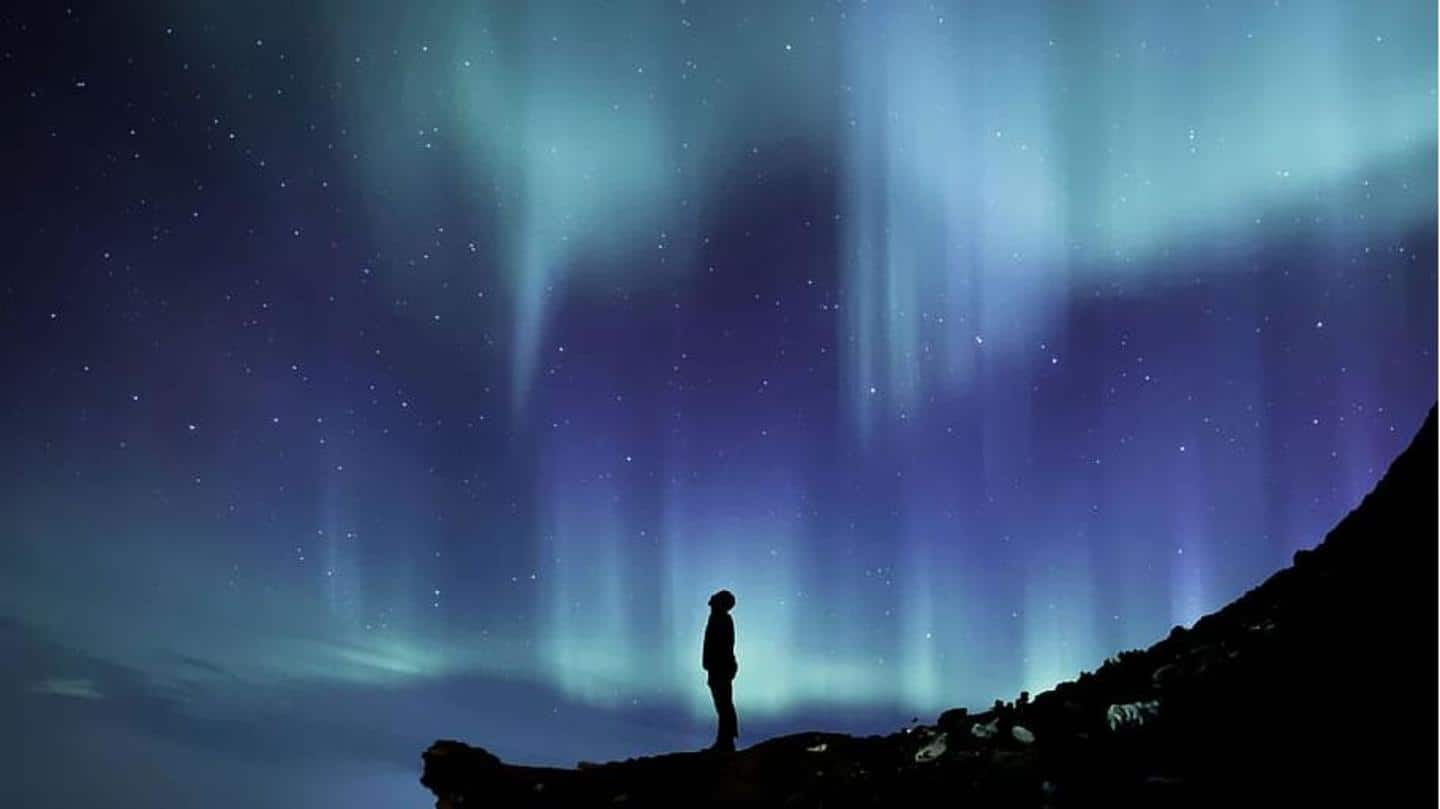
Aurora borealis: The winter wonder in the night sky
What's the story
People in Washington State in the US were in for a surprise when the aurora borealis put on a show last Wednesday night. Places like North Dakota also witnessed this magical phenomenon on Thursday. The Space Weather Prediction Center said that this was caused by a strong geomagnetic storm, and the ethereal lights were visible as far south as northern California.
#1
Aurora is visible from both hemispheres
The Aurora can be seen near the poles of both the northern and southern hemispheres. In the north, it is known as the northern lights or aurora borealis. In the south, it is called the southern lights, or aurora australis. These "northern" and "southern" lights have captivated, terrified, and inspired humans for centuries now. Most of the planets in the Solar System host auroras.
#2
History of the Aurora
The term aurora borealis was coined by Galileo back in 1619, by combining the Roman goddess of the dawn "Aurora" and the Greek name for the north wind "Boreas." Greek explorer Pytheas described the aurora in his book in the 4th century BC. The aurora also finds mention in several folklores and traditions of China, Japan, Australia, and New Zealand.
#3
What causes the auroras?
Auroras are the byproduct of disturbances in the magnetosphere of the atmosphere caused by the solar wind. They basically happen due to the storms on the Sun. Clouds of electrically charged particles are released due to these storms, some of which then reach the Earth and collide with it, causing the phenomenon. They are an astronomical marvel like no other.
#4
Where can you witness the auroras?
Auroras mostly occur in a band called the "auroral zone," 3° to 6° wide in latitude and between 10° and 20° longitudes. The aurora borealis is visible from areas close to the Arctic Circle, Alaska, Canada, Iceland, Greenland, Sweden, Finland, Norway, and Russia. The aurora australis can be seen from high southern latitudes in Antarctica, South Africa, Chile, Argentina, Australia, and New Zealand.
Information
Best time to see the auroras
November to March is the best time to see the Auroras. They are especially visible in the midst of winter, that is around December to February. Look for them after 10 pm but before 2 am.